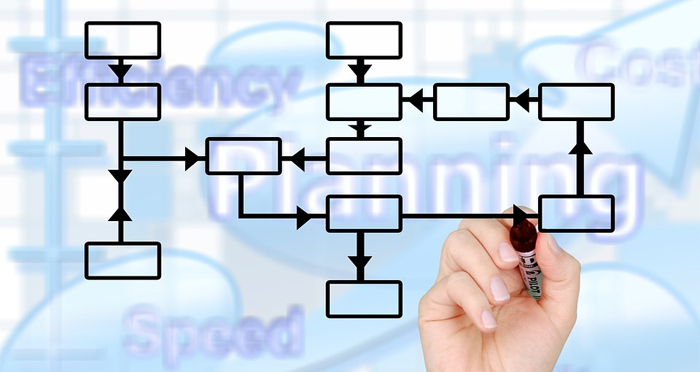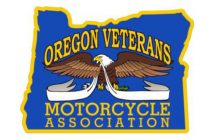There’s an “I” in hierarchy, which makes it difficult to remove your personal thoughts and feelings about where each employee and each umbrella of your business stands. Stop focusing on the “I.” Focus instead on the primary function of your company and its business model. When you’re ready to do that, you’re ready to create your org chart of the future. Here’s how.
What is An Organizational Chart?
An organizational chart (org chart, organigram(me) or organogram) is a diagram that shows the structure of an organization and the relationships and relative ranks of its parts and positions/jobs. The org chart outlines the primary function of a business, and if done properly, expands the model as it progresses over time — from the inception of the business all the way through to its liquidation.
Whether it’s a technology startup, established manufacturing company, distribution services, engineering firm or other — every company needs an org chart. The philosophy behind the organization is simple and familiar. You must outline a business model that differentiates you from competitors.
Org Chart Foundations
Start at the top of the food chain. Even if you’re a smaller business, it’s best to first identify shareholder or board member roles. Your ultimate goal is to hire a group of leaders whose primary purpose is to hire a president or CEO (often the founder of the company).
Once those positions are identified, think broadly in terms of who directly reports to whom — even if the business isn’t quite there yet. Doing so will force you to creature a structure that has capacity for growth. Think only in terms of functionality and operations — not tasks — and don’t identify titles beyond the initial shareholder, board member and CEO.
Keep in mind that these three groups of employees might be responsible for several sections of the chart. That’s OK. When the company expands, you’ll have a structure that allows for career pathing and clearly identifies where it’s best to hire someone of value.
If you think in terms of functionality, there are three components to every business 1) operations 2) finance and administration 3) business development. When all of your functions have been identified, set the performance expectations around each of these functions, and ensure you have a means to measure their success.
Common Org Chart Mistakes
The first mistake is the easiest to make — personalizing your chart. It’s best to start out with a fresh mental state. Avoid putting employee names or task-driven situations into the chart as opposed to the overriding intentions associated with the roles. Once you get past the personal, force yourself to think beyond the present moment in time. A successful org chart requires a little vision, because it requires room to grow.
When Should You Adjust The Org Chart?
Revenue benchmarks are good indicators that it’s time to adjust your organization’s structure. Typically businesses reevaluate once the company has hit 1 million in revenue, followed in succession by 3 million, 5 million, 10 million, 20 million and then 100 million.
Once the business has reached upper tier revenue levels, the organizational chart is primarily focused on management versus the overall business model. Many companies facilitate these discussions with a business advisor, consultant or board.
Bob Coen is the chief executive officer at BCI Group where he consults with shareholders and senior management seeking to grow or transition their business and employee benefits.





